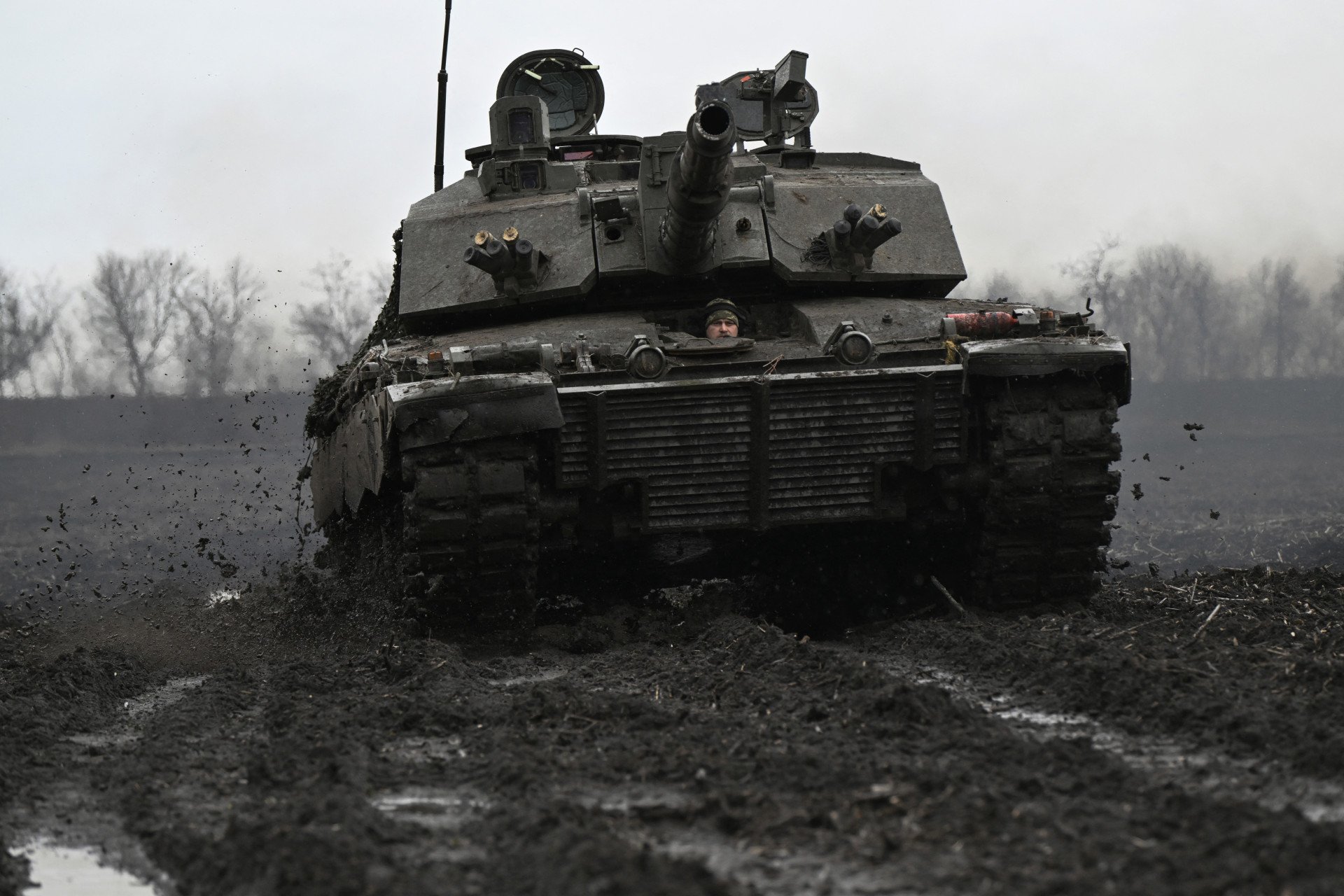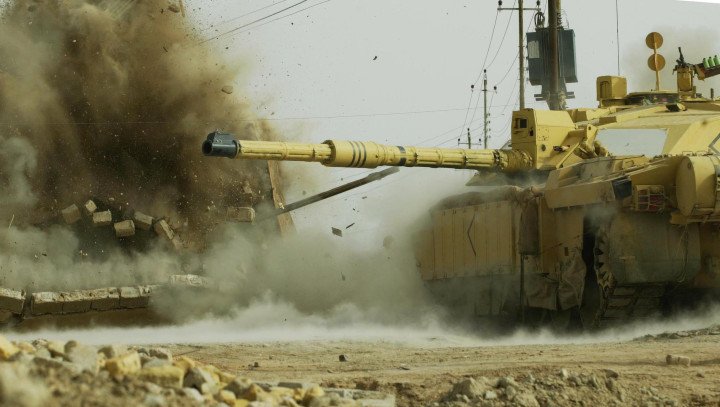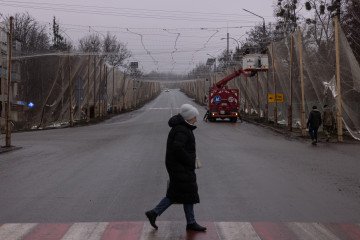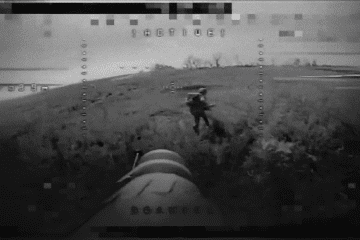- Category
- War in Ukraine
World’s Longest Recorded Tank Kill—Challenger Legacy Powers Ukraine’s Battlefront

A Challenger 1 tank holds the record for the world’s longest-range tank kill, a feat achieved during the Gulf War. Today, with an over 4.5-kilometer strike range (3+ miles), Challenger 2 tanks are proving their precision for Ukraine’s tank crews in battle.
Challenger 1 was originally designed by the British to be sold to Iran. The deal was canceled after the 1979 Iranian Revolution, and the UK decided to keep the tank for its own use. This decision proved fortunate, as just 22 years later, the Challenger set the world record for the longest tank-to-tank kill.
On the morning of February 24, 1991, as the ground campaign of Operation Desert Storm began, the British 1st Armoured Division entered the fight. Over the next two days, British Challenger tanks destroyed more than 300 Iraqi tanks—without losing a single Challenger in return.
Among those 300 tanks was an Iraqi main battle tank, hit by a Challenger from over 5,100 meters (more than 3 miles) away. One British tanker claims the kill was at 4,700 meters—still the longest tank-on-tank kill and impressive given the Challenger’s 1,200-meter operational range.
How did the Challenger achieve this feat? The Challenger, which is currently in service in Ukraine, is the heaviest tank in the field, powered by a 1,200-horsepower engine and capable of firing NATO rounds. The Challenger 2, a more modern version, features advanced global positioning systems and a Thermal Observation and Gunnery System, which allows it to operate effectively at night.

A Ukrainian serviceman recently described the Challenger 2 as “a sniper rifle among tanks,” claiming it set a new record-breaking tank-to-tank kill in Ukraine by hitting a T-55 tank from over 5 kilometers away. “You’re basically scaring the Russians with just the sound of the engine,” he added.
The Challenger 2 prioritizes firepower and protection—thanks to its world-class Dorchester 2 armor—over speed, making it slightly slower than some other tanks. However, this trade-off is compensated by its accuracy and lethality, according to the British Army.
“In terms of protection, the Challenger 2 is very well defended,” Former British Army Royal Tank Regiment commanding officer Hamish de Bretton-Gordon told CBS News. “It could take several hits from a T-72, and the crew would still survive.”
The Challenger tank has earned its place in military history as a formidable machine known for its unmatched firepower, advanced technology, and exceptional protection. From setting the record for the longest army tank kill shot during the Gulf War to its present-day service in Ukraine, the Challenger’s blend of precision, resilience, and lethality has kept it relevant over the years. As of March 2023, Ukraine received 14 Challenger tanks from the UK. Its ability to adapt and remain relevant over decades of service highlights the ingenuity behind its design, something Ukrainians will surely use to their advantage on the battlefield.
-fca37bf6b0e73483220d55f0816978cf.jpeg)

-f88628fa403b11af0b72ec7b062ce954.jpeg)
-b63fc610dd4af1b737643522d6baf184.jpg)


-29a1a43aba23f9bb779a1ac8b98d2121.jpeg)

-24deccd511006ba79cfc4d798c6c2ef5.jpeg)